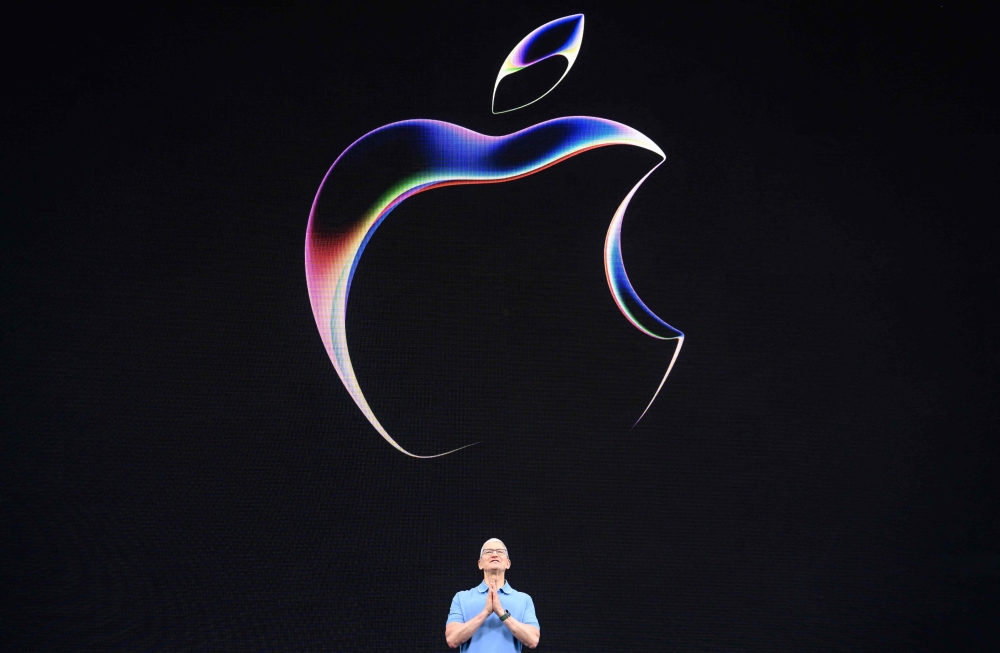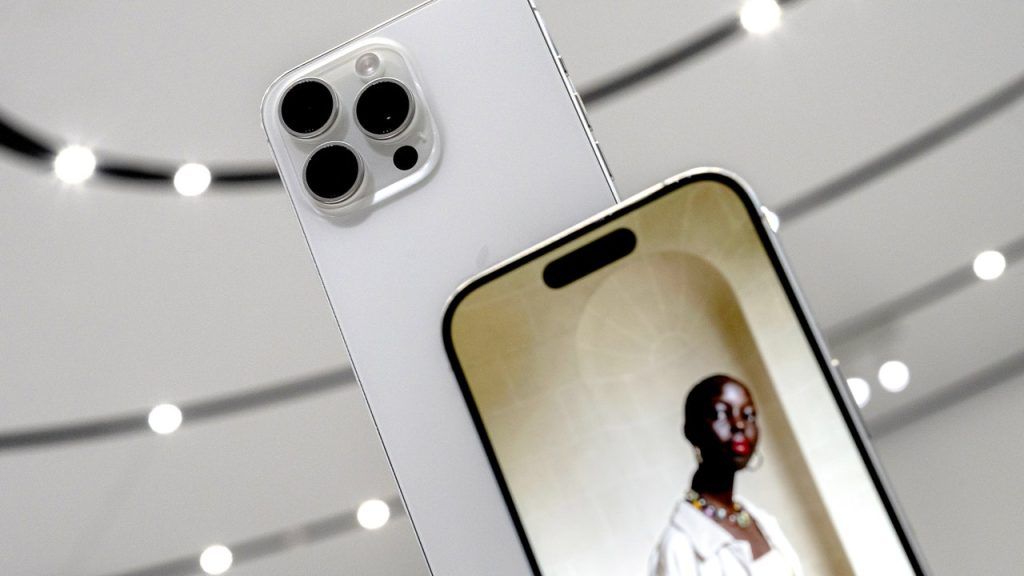Apple’s iPhone 15: A Subtle Approach to Artificial Intelligence
While the tech world becomes increasingly enamored with generative AI, offering chatbots and awe-inducing visuals, Apple takes a divergent path with its iPhone 15. The latest smartphone from the Cupertino tech giant features the A17 Pro processor, designed to power machine-learning algorithms. However, instead of hopping on the generative AI trend, Apple aims to provide intuitive AI solutions. This approach makes the iPhone 15 stand out from the competition and aligns well with the company’s general focus on seamless user experience.
Focusing on Everyday Convenience: AI-Driven Features in iPhone 15
At the recent launch event, Apple emphasized AI features that integrate subtly into the user’s daily life. For instance, the new voice-isolation feature employs machine learning to recognize the user’s voice and minimize background noise during calls. Moreover, AI-based image enhancements allow for auto-detection of subjects in photos, giving users the ability to convert these images into portraits post-capture.
Apple also announced an array of AI features that will roll out with the new iOS 17 operating system. Among them, automated voicemail transcriptions and improved predictive text functions aim to make everyday tasks more convenient. While not as flashy as a virtual assistant that can answer all your questions, these features are designed to encourage more interaction with Apple’s ecosystem of services.

Prioritizing Accessibility with Intuitive AI
Apple’s commitment to intuitive AI extends to offering greater accessibility for individuals with disabilities. The new Point and Speak feature in the Magnifier app, for example, allows visually impaired users to identify buttons on objects like microwaves through voice feedback. iOS 17 will also include a synthetic voice feature for people with conditions like ALS, offering them a semblance of their own voice after just 15 minutes of text prompts.
Setting Industry Standards: Apple’s Unique Approach to AI
Apple’s decision to take a subtler route with AI-powered features has garnered the attention of industry experts. Tuong Nguyen, director analyst at Gartner, notes that while the iPhone 15 might lack game-changing innovations, it excels in offering an AI-driven interface that works. Features like adaptive audio and the “double tap” gesture for the Apple Watch Series 9 set a new standard that other companies may eventually adopt.
Balancing Consumer Needs and Technological Innovation
Carolina Milanesi, a consumer tech analyst at Creative Strategies, emphasizes that Apple’s focus is on providing value to the consumer, not just integrating the latest technology. This consumer-centric approach has led to features that improve image quality and zoom capabilities, essential factors driving smartphone purchases.
The Potential Future of Generative AI in Apple Products
While Apple may be steering clear of generative AI for now, that doesn’t mean it’s entirely off the table. Reports suggest that Apple is working on its own generative AI framework, codenamed Ajax. This move indicates that Apple may eventually introduce generative AI in a manner that aligns with its unique brand identity.
Concluding Thoughts
Apple’s iPhone 15 offers a fresh perspective on how AI can be implemented in consumer technology. Rather than following current industry trends that lean heavily on generative AI, Apple has chosen to improve the user experience in a more intuitive and subtle manner. It’s a strategy that aligns with the company’s long-standing mission to create user-friendly, accessible technology that enhances everyday life. Whether or not Apple will eventually embrace generative AI remains to be seen, but for now, its focus remains on providing real value to its consumer base.



